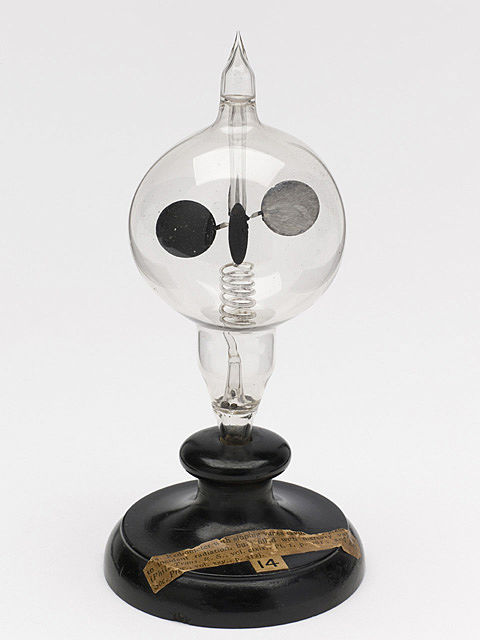
"Photophoresis can loft thin sheets of metal into the upper atmosphere, allowing for probes in regions too high for balloons and too low for satellites."
"The Crookes radiometer operates on photophoresis, where a temperature difference creates a force that spins the blades, contrary to common misconceptions regarding radiation pressure."
Photophoresis generates lift through temperature differences between two sides of a blade in a low-density atmosphere. The Crookes radiometer serves as an example, spinning its blades when exposed to light. Researchers propose using photophoresis to lift thin metal sheets into high altitudes, bridging a gap between balloon and satellite operational ranges. Misunderstandings regarding its functioning often incorrectly attribute the spinning motion to radiation pressure rather than the actual thermal dynamics at play, where gas molecules gain energy from the warm side and create movement.
Read at Ars Technica
Unable to calculate read time
Collection
[
|
...
]